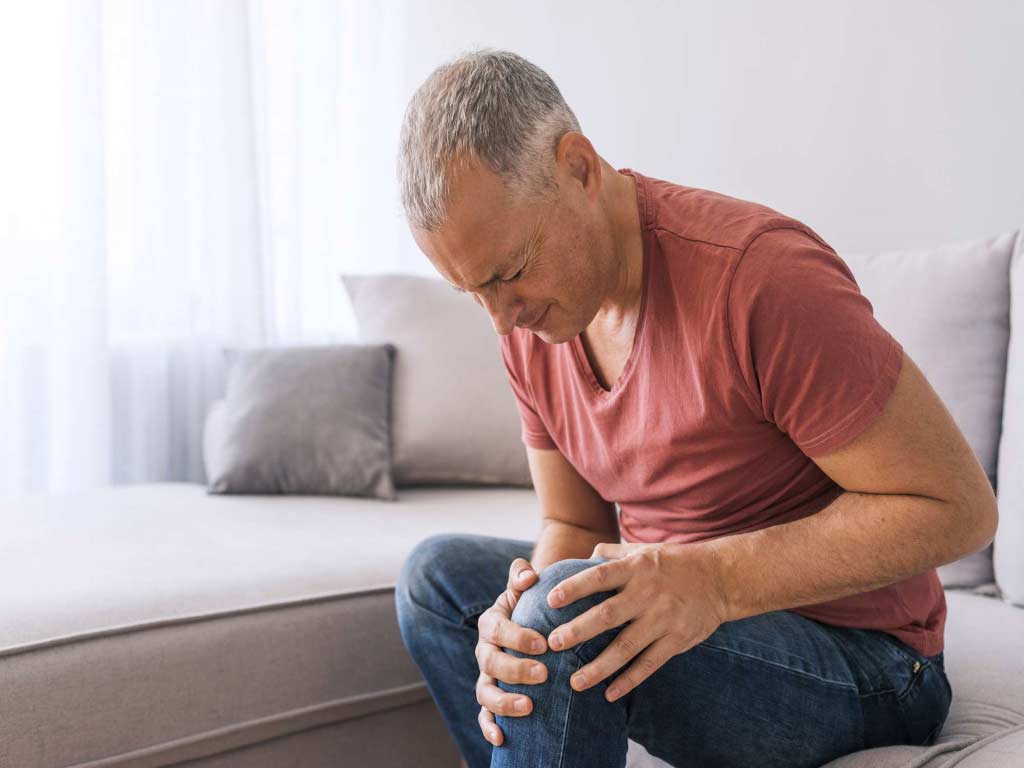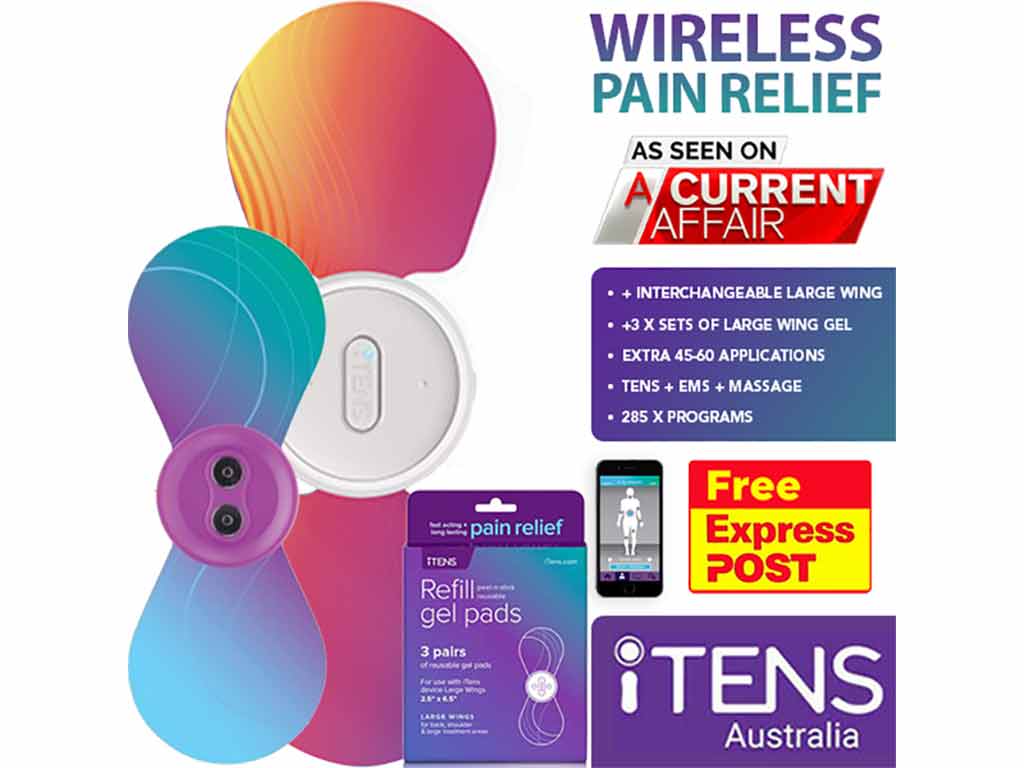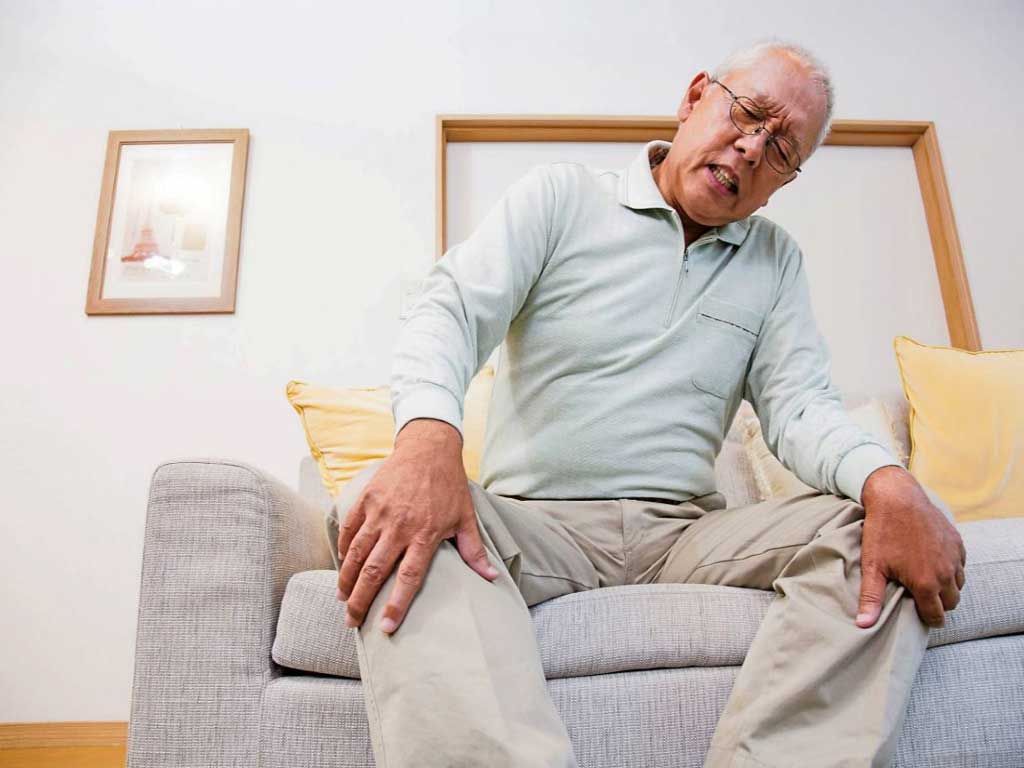
Knee arthritic pain affects millions of people worldwide. It can cause inflammation, stiffness, swelling, and joint damage. Oftentimes, this chronic pain can be difficult to manage with medication alone. Hence, many people turn to using a TENS machine for arthritis in the knees. It works effectively when people securely attach the pads to the skin. The machine then produces electrical impulses to stop pain messages from reaching the brain. One best practice is to consult a doctor before its use.
Chronic knee pain is common as people age. Medical professionals typically recommend physical therapy and lifestyle modification alongside drug prescriptions. However, the treatment outcomes may not always be satisfactory. In such cases, TENS is an effective and convenient alternative to pain relief. Understanding its mechanism and proper usage is crucial for reaping its benefits. Thus, the article will present how TENS works, how to effectively use it, and the best practices to take.
What is a TENS Machine for Arthritis in Knee, and How Does it Work
A Transcutaneous Electrical Nerve Stimulation or TENS machine for arthritis in the knees is one of the effective methods of pain relief. It is a battery-operated device that manages knee arthritic pain. This portable unit delivers low-voltage electric currents to the affected area. It utilises adhesive electrodes. Traditional models have wires, whereas more modern ones are wireless.
The electrical impulses from TENS stimulate the nerves. As a result, it distracts the brain from perceiving pain signals. This functionality of TENS stems from the Gate Control Theory of Pain. It states that when a painful stimulus travels to the brain, it passes through “gates” in the spinal cord that can be closed. This blocks the perception of pain. The electrical currents can help close these gates.
Moreover, it promotes the release of endorphins. They are the natural painkilling chemicals of the body. By using a TENS machine, individuals can experience temporary relief from arthritis pain in their knees without relying solely on drugs or invasive treatments. Combining these mechanisms can provide much-needed relief for individuals seeking a non-invasive approach to pain management.
Benefits of Using the Device
- Natural Pain Reliever – TENS does not require any injections, incisions, or medication intake. This makes it a safe and easy-to-use machine.
- Versatile – People can use a unit to alleviate different types of chronic and acute pain in adults. This includes back pain, muscular pain, menstrual pain, and post-surgical pain.
- Handiness – A TENS device is usually small and portable. Thus, individuals can use one anytime and anywhere. This enhances convenience and treatment accessibility.
- Cost-Effective – Purchasing a machine avoids recurring expenses often associated with drugs or healthcare appointments.
- Minimal risks – When used properly, TENS is generally safe and well-tolerated. Its potential side effects are low.

How to Operate a TENS Machine for Arthritis in Knee
A TENS machine for arthritis in the knees is user-friendly. People with osteoarthritic knee pain or other joint pains can benefit from it. Start by thoroughly cleaning the area around the knee. Also, make sure the machine is properly charged. Place the electrodes on either side of the knee. Afterwards, begin the stimulation of pain. The knee should be in a comfortable position.
Adjust the settings on the machine, using a low intensity first. Then, gradually increase as needed. This should depend on the pain sensitivity. Various modes are also available, such as massage, kneading, or pulse. Choose one and experiment to find the one that works best at relieving pain. There should be a gentle tingling or pulsing sensation. However, it should not be uncomfortable or painful.
As the therapy session progresses, pay attention to any changes in pain levels or discomfort. If there are any unusual sensations or increased pain, stop the session and consult a doctor. Once the duration is over, turn off the machine and carefully remove the adhesive pads. Using TENS regularly can significantly reduce pain and improve overall quality of life.
Proper Pad Placement
TENS treatment of pain relies on proper electrode placement. Thus, identify the location of the knee joint and any areas of pain or discomfort. It is generally recommended to attach the pads above and below the affected knee joint. Position them on either side of the kneecap. This placement targets the surrounding muscles and nerves, providing therapeutic electrical stimulation.
When applying the TENS pads, ensuring proper adhesion is crucial. The skin should be clean and dry before attaching the electrodes. Otherwise, oil, sweat, or other substances can interfere with adhesion. Gently press the pads onto the skin, avoiding any wrinkles or folds.

Best Practices for Using a TENS Machine for Arthritis in Knee
Using a TENS machine for arthritis in the knees can provide effective management of pain. Moreover, it improves joint mobility. Hence, people with knee osteoarthritis find this beneficial. However, there are best practices to follow for optimal performance. One of which is to speak with medical professionals undergoing TENS therapy. They can advise on proper settings and usage of the device.
Moreover, directly place the electrodes on the pain site for targeted pain relief. On the other hand, attaching the adhesive pads near the area can also work. Individuals can position them above, below, or beside the affected area. They can vary the placement patterns each session to see what works best at reducing pain sensations.
Furthermore, remember to never use the electrical stimulation machine while driving or operating heavy machinery. This is because the electrical currents can cause distractions or impair the ability to focus. By adhering to these best practices, users with knee arthritis can effectively utilise a TENS device as a non-invasive treatment option for pain management and improved quality of life.
When to Seek Medical Help
If patients with osteoarthritis or other arthritic pain are experiencing persistent and ongoing pain, they may need medical attention. Difficulty moving the knees due to arthritis may also signal the need for professional advice. Arthritis in the knee can become progressively worse if not properly treated. This can lead to long-term damage.
If conservative measures such as rest, cold therapy, and over-the-counter pain medications cannot provide relief, it is advisable to consult with a healthcare professional. They can assess symptoms and perform diagnostic tests. Moreover, they can develop an appropriate treatment plan to manage severe pain and alleviate discomfort.
Conclusion
A TENS machine for arthritis in the knees is a pain relief device. It reduces inflammation and improves the range of motion. TENS works by sending electrical pulses through electrodes. Then, it stops pain transmitters from getting to the brain. In addition, it helps produce more natural painkillers in the body. People can easily incorporate it into their routines. They can do physical activity while using the unit. They simply need to securely attach the pads to the skin.
TENS is a drug-free option that can help patients manage their symptoms. However, they must follow the instructions from the manual or their doctors. There are best practices to adhere to, like proper pad placements. Individuals who demand pain relief can find it in TENS. The machines are now more accessible. They can find one online or in-store. After buying a unit, they can use it multiple times. Therefore, finishing daily activities is easier with the help of this tool.







